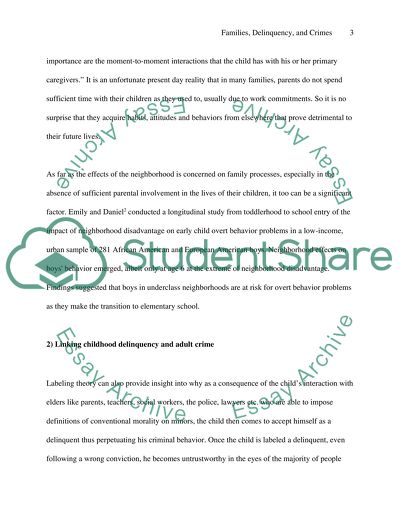Cite this document
(Social Problems of Delinquency and Crime Assignment, n.d.)
Social Problems of Delinquency and Crime Assignment. Retrieved from https://studentshare.org/sociology/1548504-soc-428-families-delinquency-crimes
Social Problems of Delinquency and Crime Assignment. Retrieved from https://studentshare.org/sociology/1548504-soc-428-families-delinquency-crimes
(Social Problems of Delinquency and Crime Assignment)
Social Problems of Delinquency and Crime Assignment. https://studentshare.org/sociology/1548504-soc-428-families-delinquency-crimes.
Social Problems of Delinquency and Crime Assignment. https://studentshare.org/sociology/1548504-soc-428-families-delinquency-crimes.
“Social Problems of Delinquency and Crime Assignment”. https://studentshare.org/sociology/1548504-soc-428-families-delinquency-crimes.


